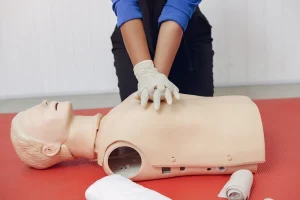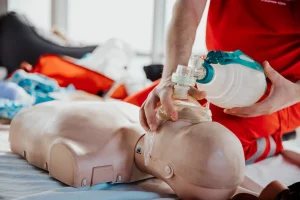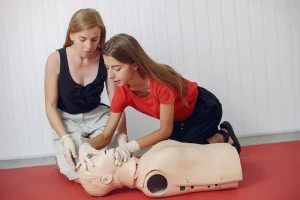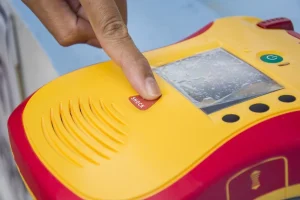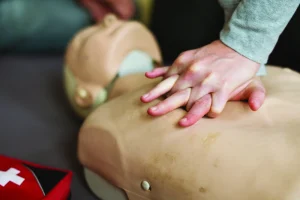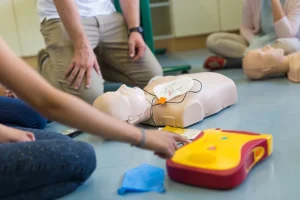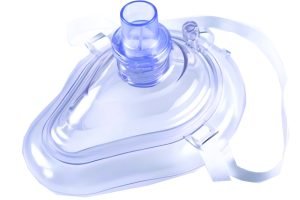Decoding BLS Certification: Navigating Initial Training vs. Renewal
When it comes to saving lives, the knowledge and skills imparted by the Basic Life Support (BLS) certification are invaluable, especially for healthcare professionals. Administered by the American Heart Association (AHA), BLS courses are designed to equip individuals with the essential abilities to respond to cardiac arrests, choking incidents, and other emergencies. However, there’s often confusion between the initial BLS certification course and its renewal. While some training centers may list these as separate offerings, it’s crucial to understand that, from a curriculum standpoint, there’s no difference between the two.
Understanding the AHA BLS Initial Course
The initial BLS course is tailored for individuals seeking their certification for the first time. It covers a comprehensive range of topics, including how to perform CPR on adults, children, and infants, use an Automated External Defibrillator (AED), and handle various breathing and cardiac emergencies. The course combines theoretical learning with hands-on practice, ensuring participants leave with a solid foundation in these critical life-saving techniques.
The AHA BLS Renewal Course Explained
On the flip side, the BLS Renewal Course is designed for individuals whose certification is nearing expiration and need to renew their credentials. While it’s easy to assume that the renewal course might be significantly different, the truth is, the curriculum mirrors that of the initial course. The renewal process emphasizes refreshing skills and updating participants on any new guidelines or techniques introduced since their last certification.
Key Differences Between the Initial Course and Renewal
Despite the identical curriculum, the main difference lies in the approach and duration. The initial course is more comprehensive, providing a detailed exploration of BLS techniques and practices, suitable for those with little to no prior experience. The renewal course, however, is typically shorter, assuming that participants are already familiar with the basics and therefore focuses on refreshing knowledge and skills.
Determining Which Course Is Right for You
Choosing between the initial course and renewal depends solely on your certification status. If you’re obtaining BLS certification for the first time or if your certification has lapsed significantly, the initial course is your go-to. For those with current certification looking to maintain their credentials, the renewal course is the appropriate choice.
How to Enroll in AHA BLS Courses
Enrolling in either BLS course involves locating an authorized AHA training center or online platform offering the course. It’s important to ensure that the provider is recognized by the AHA to guarantee the validity of your certification. Once enrolled, participants can expect to engage in a mix of theoretical learning and practical exercises, culminating in a test to assess their mastery of the material.
Empower Your Lifesaving Skills: Choosing the Right BLS Path
While the distinction between the initial BLS course and the renewal might seem significant, the core curriculum remains the same. The difference primarily lies in the expected familiarity with the material and the course length. Whether you’re just beginning your journey in healthcare or are a seasoned professional keeping your credentials up to date, BLS certification is a crucial element of your professional development and commitment to saving lives.
Get Certified
Now that you understand the differences and similarities between the initial BLS course and the renewal, assess your current needs based on your certification status. Stay prepared, stay certified, and continue to make a significant impact in the lives of those you might one day save. For more information or to start the enrollment process, visit the American Heart Association’s official website today.





